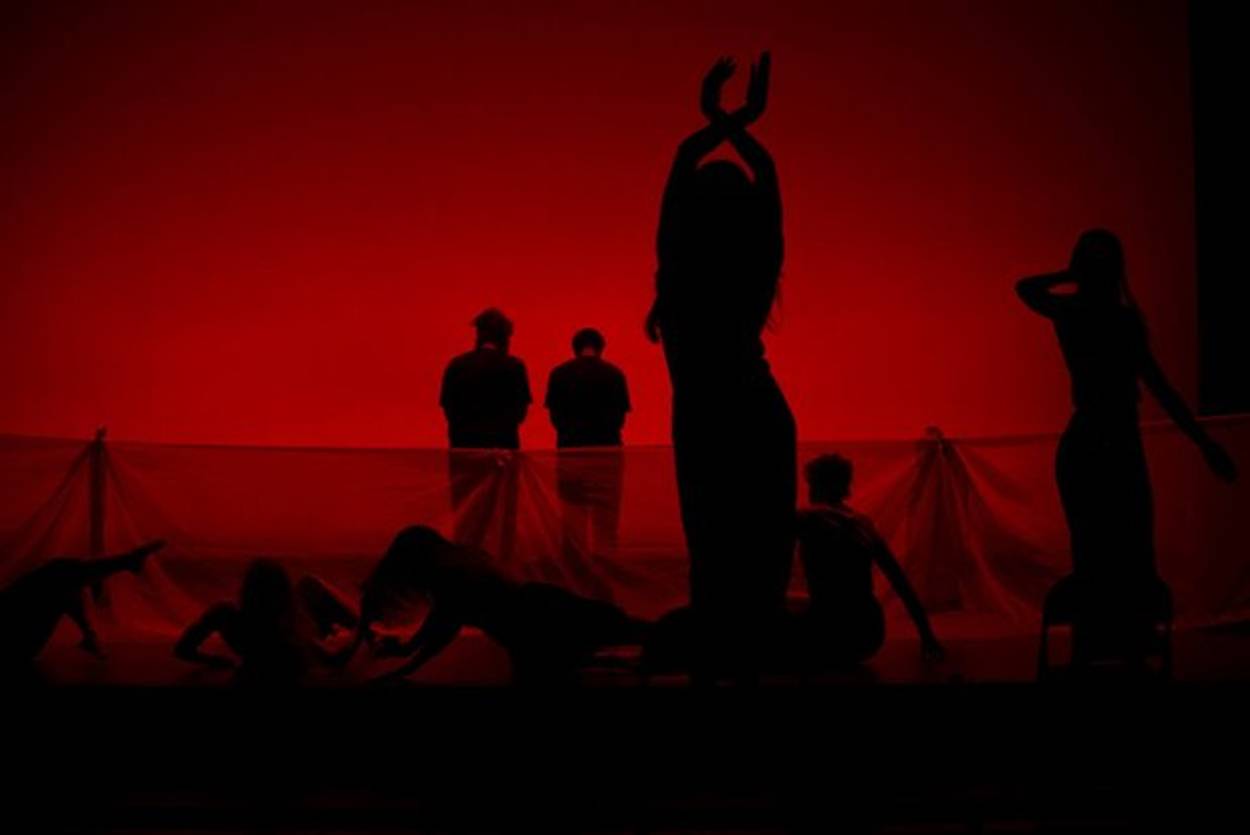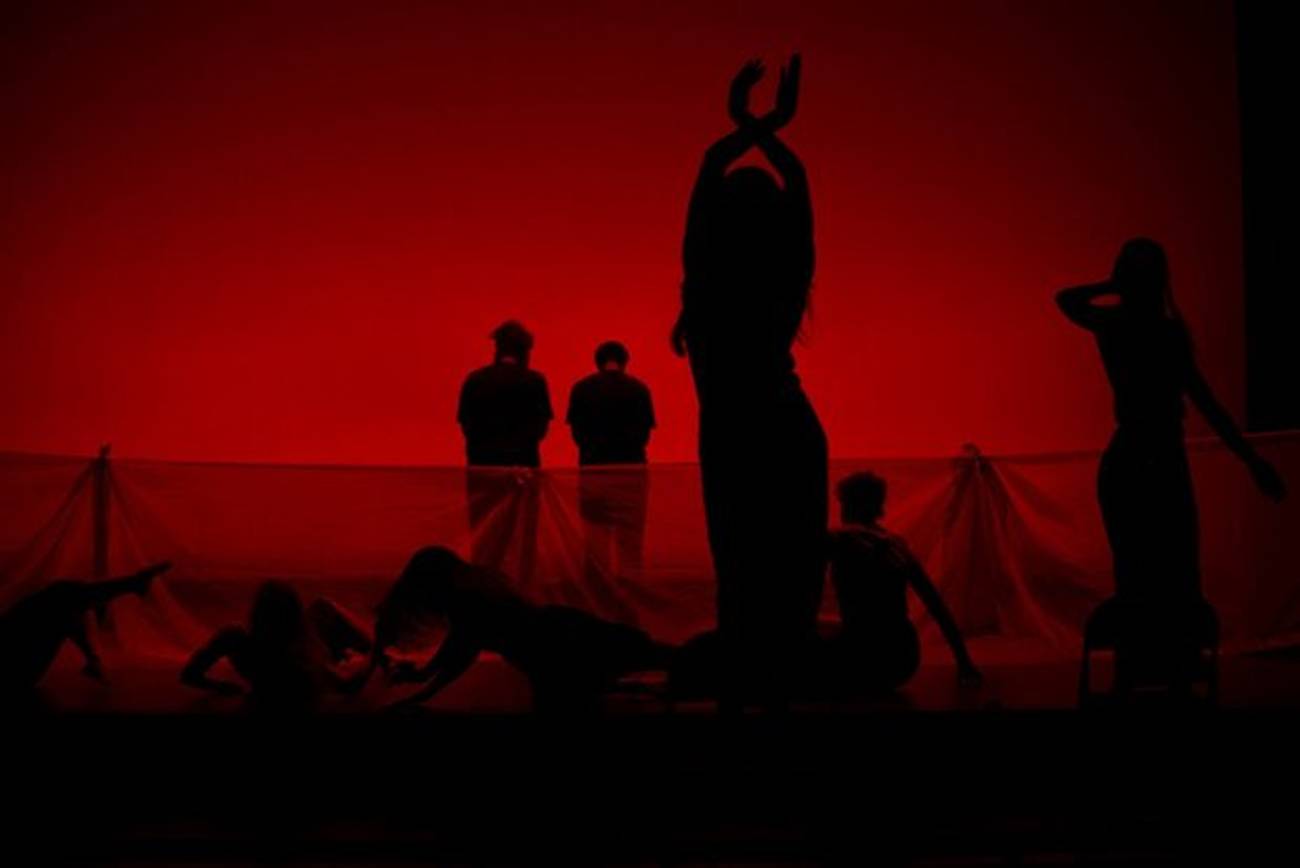Exploring the Mechitza Through Dance
Florence Nasar uses dance to study the effects of Jewish ritual on women




Florence Nasar remembers clearly when the synagogue she attended in Deal, N.J., changed the layout of the mechitza from dividing the sanctuary equally down the middle to instead relegating women to the back.
“That visual moment of seeing the difference,” she told me in a phone interview was monumental in her understanding of the way women are treated in the synagogue. “It changed the way we could participate” in the service.
As a Dance and English Literature major at Hunter College she realized she could use performance as a way to better understand her frustration with the community. “Dance can be a great medium to explore these issues,” she said. It’s open to multiple interpretations, which leads to honest discussion.
She created “The Women’s Section,” which was performed at Hunter’s Kaye Playhouse while she was in school and has now appeared in a few locations throughout New York City. The dance simulates a prayer session. Initially, only women are shown on stage; they sway and dance in harmony as part of the service. Later though, men appear, erect a mechitza and take the Torah to their side exclusively. Then, the lights turn red, the music changes beat and what was initially innocent movement is all of a sudden perceived as sexual mischievousness.
According to Florence, the creation of the piece “began as an inquiry into what happens when one is confined in space, in clothing, in movement. How do boundaries, whether external or internalized affect us? If places of prayer are for attempts at transcendence, then how can it be okay that women are feeling confined to the physical world?”
Beyond the visuals of the dancing, Florence has also tried to incorporate the audience into the piece. During one performance, she handed out slips of paper to each attendee that read “please don’t move, please be quiet, please be aware of your body.” In another, she hung a mesh curtain between the audience and stage to simulate a mechitza.
She hopes that one day she’ll be able to put on the performance for those across the city who have questioned the arrangement of the synagogue and its effect on women. Some from her hometown have seen the performance and the reactions have been mixed. Many women identified with the piece but she also said that when her dad posted the link on Facebook, it caused chaos in the community. “Reactions ranged from crazy positive to incredibly negative,” she said. “One person said my family should ask for a refund from my high school Yeshiva and referred to the dancers as ‘the harlots of bablyon’”
Unfazed by the criticism, Florence is launching multiple new ventures. She will be performing a new dance piece (created with Marti Flicker) exploring Sotah and the mikveh at “Performance Anxiety” next month at Gallery Sensei. She is also teaming with other Syrian artists from her community on an anthology project gathering poetry, essays and artwork from Sephardic Jewish women. “It is disheartening to be told to leave your culture because you envision something better,” she said. “I think that we can create a better space for women from within.”
Use the password “kolisha” to watch a performance of “The Women’s Section.” (Video Courtesy: Walter Jalbert)
Related: The Wall Between Us
Zack Schrieber is an intern at Tablet Magazine. Follow him on Twitter @zschrieber.